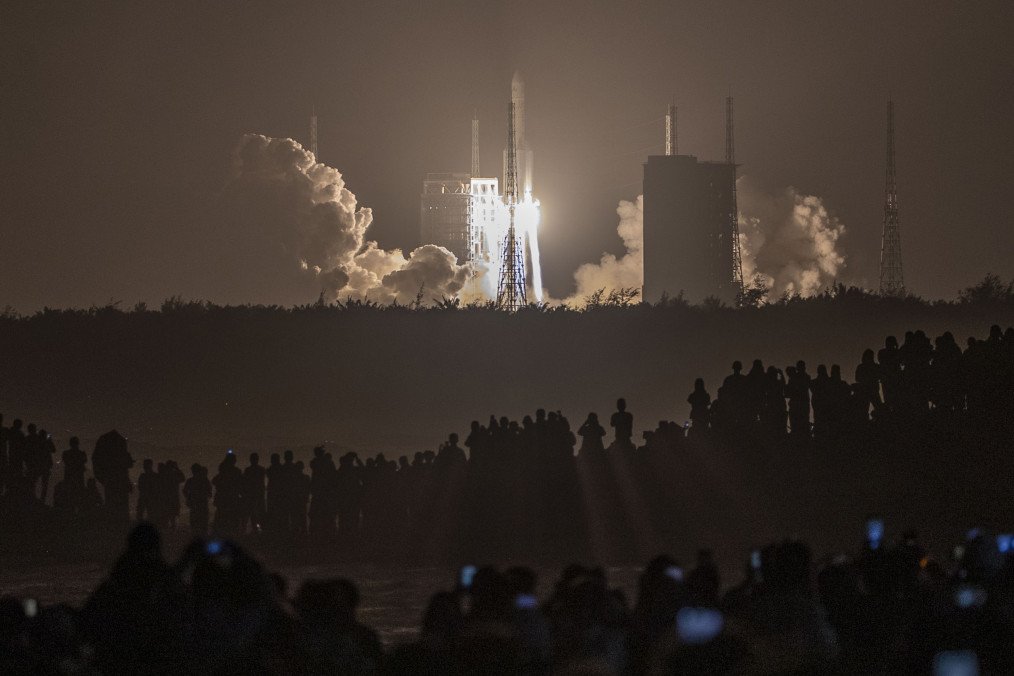- Category
- Latest news
China and Russia Plan Nuclear-Powered Lunar Base as Part of Ambitious Space Collaboration

China is considering the development of a nuclear plant on the moon to provide energy for its planned International Lunar Research Station (ILRS), a collaborative project with Russia, according to Reuters on April 23.
This was revealed in a presentation by Pei Zhaoyu, the chief engineer for China’s upcoming Chang’e-8 lunar mission, scheduled for 2028.
Reuters reported that China aims to establish itself as a leading space power, with plans to land astronauts on the moon by 2030.
The Chang’e-8 mission, set for 2028, will lay the foundation for a permanent, manned lunar base. During the presentation in Shanghai, Pei Zhaoyu outlined that the energy supply for the lunar base could include large-scale solar arrays, as well as pipelines and cables for heating and electricity on the moon’s surface.
Russia’s space agency, Roscosmos, had previously announced plans to build a nuclear reactor on the moon’s surface by 2035 in partnership with the China National Space Administration (CNSA) to support the ILRS. The inclusion of a nuclear power unit in a recent presentation to officials from 17 countries and international organizations involved in the ILRS indicates that China is backing this idea, although no formal announcement has been made.
“An important question for the ILRS is power supply, and in this Russia has a natural advantage. When it comes to nuclear power plants, especially sending them into space, it leads the world; it is ahead of the United States,” Wu Weiren, chief designer of China’s lunar exploration program, said during the conference. He added, “I hope this time both countries can send a nuclear reactor to the moon.”
China’s timeline for establishing a base at the moon’s south pole aligns with NASA’s Artemis program, which aims to return US astronauts to the lunar surface by December 2025. Wu noted last year that a “basic model” of the ILRS, with the moon’s south pole as its core, is expected to be built by 2035.
Looking ahead, China plans to launch the “555 Project,” inviting 50 countries, 500 international research institutions, and 5,000 overseas researchers to join the ILRS. Researchers from Roscosmos also presented at the conference, revealing plans to explore lunar resources, including the potential to use lunar material as fuel.
According to Chinese analysts, China’s rapid technological advances and space achievements have positioned it to assist Russia, alleviating the pressure caused by Western sanctions that restrict Russia’s access to space technology. Liu Ying, a researcher at the Chinese foreign ministry’s diplomatic academy, wrote that China can help Russia “achieve new breakthroughs in satellite launches, lunar exploration, and space stations.”
Previously, it was reported that Russia is building an arsenal of space weapons capable of threatening SpaceX’s Starlink satellites, as part of what experts believe could be preparations for a potential space war with the West.




-72b63a4e0c8c475ad81fe3eed3f63729.jpeg)


